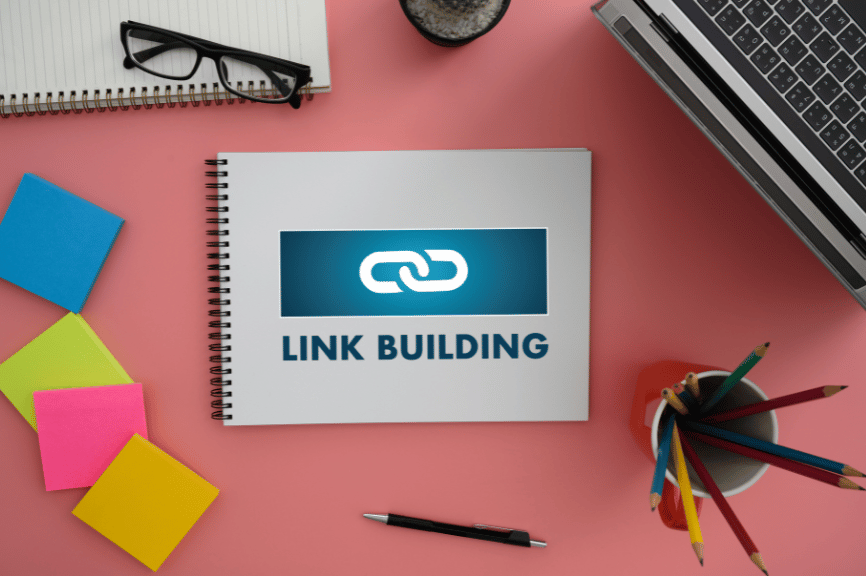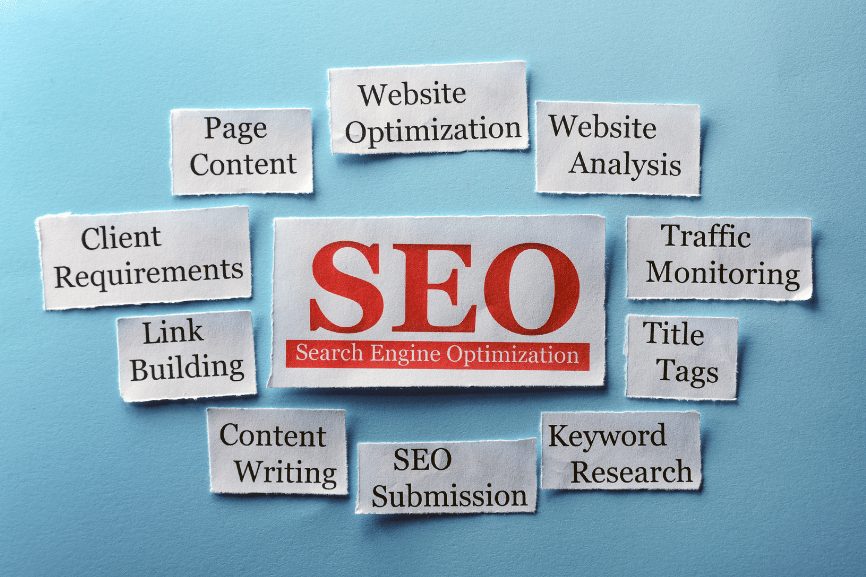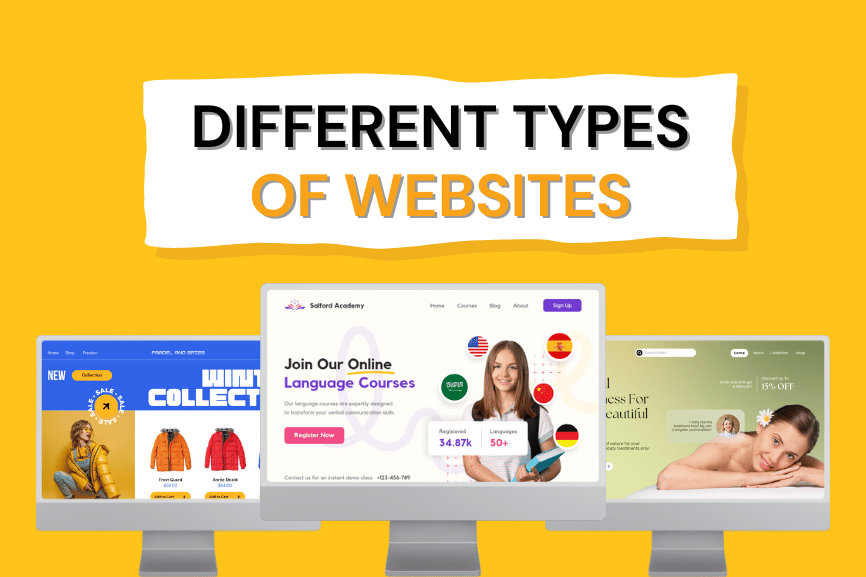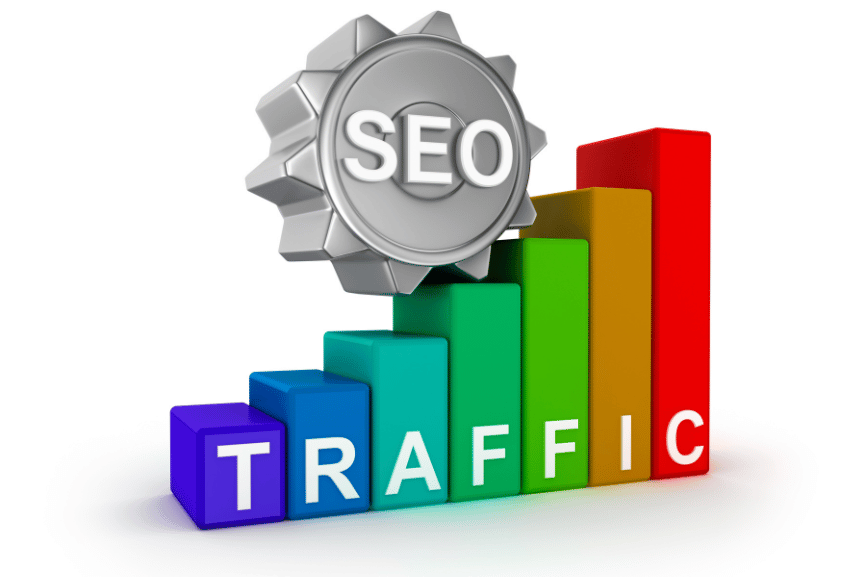Key Things to Consider When Building Backlinks
Backlink Building Tips 1. Choose High-Quality Websites Authority Matters: Authority Matters: First and foremost, backlink building should focus on acquiring links from well-known, trusted websites. These sites improve your site’s credibility and search engine ranking. Relevant Content: Additionally, links from websites related to your industry are more valuable than unrelated ones. A relevant link carries more weight in improving your SEO. 2. Use Appropriate Anchor Text Keep It Natural: Furthermore, the link text (anchor text) should feel natural. Overusing the same keywords can make your link profile appear manipulative to search engines. Make It Clear: On top of that, the anchor text should clearly describe the page it links to, so users understand what they’ll find after clicking. 3. Focus on Link Placement In the Content: When placing links, make sure they appear within the main body of content. These links are more valuable compared to those in sidebars or footers. Higher on the Page: Moreover, links placed higher on the page usually have more impact, as search engines give them more weight. 4. Dofollow vs. Nofollow Links Mix Both: It’s essential to have a balance between dofollow and nofollow links. Dofollow links help boost SEO, while nofollow links don’t, but they can still drive traffic to your site. Natural Mix: A healthy backlink profile always includes both types of links. This mix looks more natural to search engines and avoids potential penalties. 5. Ensure Link Relevance Relevant Topics: Besides that, the content surrounding the link should be closely related to your website’s topic. The more relevant the link, the more value it brings to your SEO efforts. 6. Diversify Your Backlinks Use Different Sources: Don’t rely on just one type of website for backlinks. Instead, get links from a variety of sources to make your profile look natural and well-rounded. Mix Link Types: Moreover, it’s a good idea to mix different types of links, such as guest posts, directories, social media mentions, and editorial links. 7. Prioritize Traffic and Engagement Traffic Potential: Not all backlinks are created equal. Therefore, you should consider the amount of traffic a website can drive to you when building links. Active Websites: Additionally, links from websites with active user engagement—those that have comments, shares, or discussions—tend to carry more value. 8. Quality Over Quantity Avoid Bad Sites: Although it may be tempting to gather as many backlinks as possible, links from low-quality or spammy sites can hurt your SEO. Focus on high-quality links instead. Stay Away from Link Farms: Also, avoid participating in link farms or networks that exist solely for link building. These can lead to penalties from search engines. 9. Ethical Link Building Earn Links Naturally: To build a strong and sustainable backlink profile, create valuable content that naturally attracts links. Buying links can damage your reputation and SEO. Outreach: Additionally, consider reaching out to websites for guest posts or collaborations. Building relationships with other content creators can help you earn backlinks in a more ethical way. 10. Watch Your Competitors Analyze Competitors: Furthermore, you can learn a lot by analyzing where your competitors are getting their backlinks. This insight can help you discover new opportunities for link building. 11. Monitor Your Backlinks Regular Checkups: It’s not enough to just build backlinks—you must also monitor them regularly. Keep track of harmful links and remove them when necessary. Disavow Bad Links: If bad links point to your site, use Google’s Disavow Tool to avoid penalties and maintain a clean backlink profile. 12. Follow SEO Rules Play Fair: Most importantly, ensure your link-building practices follow search engine guidelines. This will help you avoid penalties and maintain a strong ranking. Be Honest: Lastly, be transparent about any sponsored or paid links to maintain trust with both users and search engines.
Key Things to Consider When Building Backlinks Read More »











